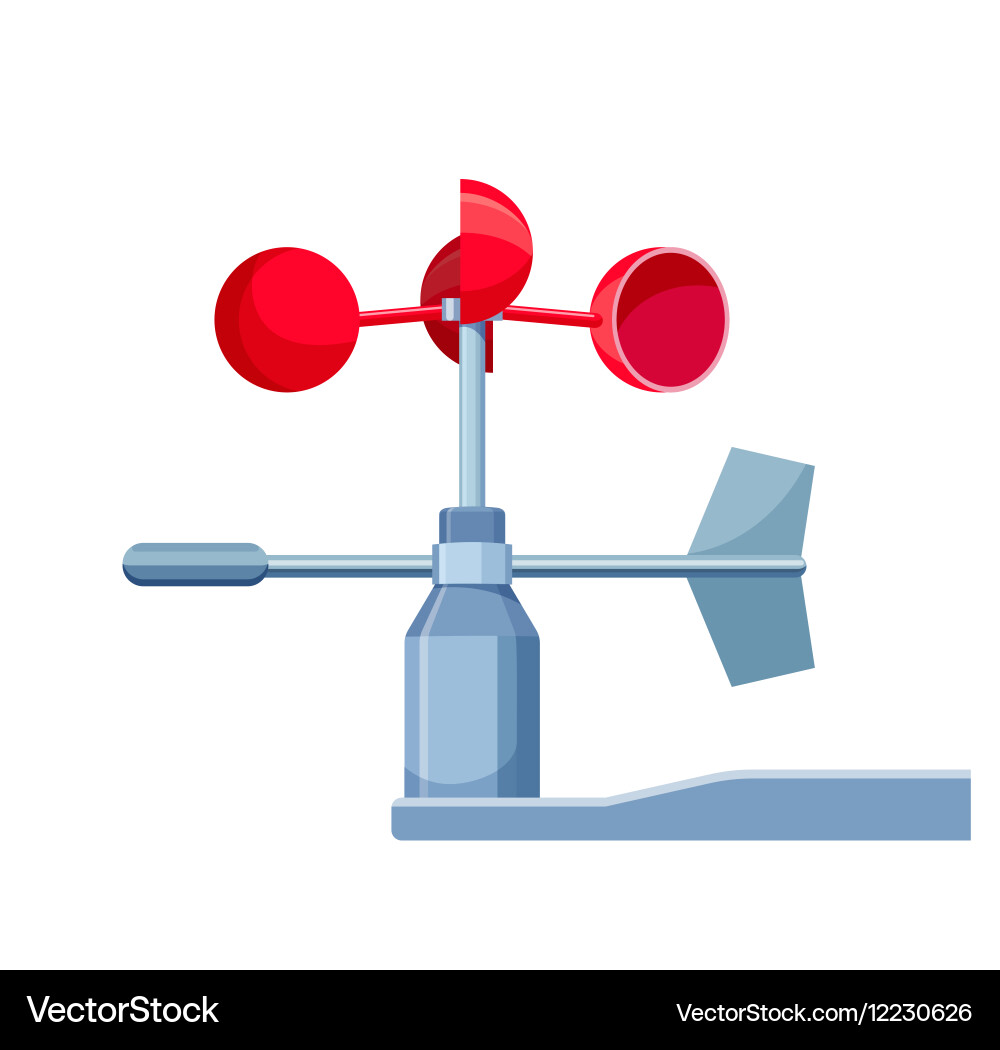Leading Functions to Search For in an Effective Anemometer for Accurate Wind Dimension
Leading Functions to Search For in an Effective Anemometer for Accurate Wind Dimension
Blog Article
Anemometers Revealed: Comprehending Their Relevance in Environmental Surveillance and Security Procedures
The duty of anemometers in ecological surveillance and precaution is usually taken too lightly, yet their relevance is indisputable. These instruments have a lengthy background rooted in clinical inquiry and technological developments, developing to become important tools in various areas. From meteorology to aviation security, anemometers play an important role in offering precise data that educates decision-making procedures and enhances general security. Understanding the complexities of anemometers reveals a globe of critical insights that are fundamental to our understanding of the environment and the procedures we require to guarantee security.
Background of Anemometers
The development of anemometers can be mapped back to the old worlds where fundamental wind determining devices were initial utilized. One of the earliest recognized anemometers was the hemispherical cup anemometer invented by Leon Battista Alberti in the 15th century.
Over the years, advancements in innovation led to the growth of even more modern anemometers, consisting of ultrasonic anemometers and laser Doppler anemometers, providing boosted accuracy and effectiveness in determining wind rate and instructions. The background of anemometers showcases a remarkable journey of development and progress in the area of weather forecasting.
Kinds of Anemometers
Throughout the field of weather forecasting, numerous kinds of anemometers have been established to properly measure wind rate and direction. One of the most typical kind is the mug anemometer, which consists of three or 4 cups placed on straight arms that revolve with the wind. As the cups spin, the rate at which they rotate is straight symmetrical to the wind rate. An additional commonly used kind is the vane anemometer, which features a tail or fin that aligns itself with the wind direction. This alignment allows the tool to determine the wind instructions. Sonic anemometers utilize ultrasonic signals to determine wind rate and direction accurately. They are frequently utilized in research study applications as a result of their high accuracy. Hot-wire anemometers operate based on the principle that the cooling effect of wind on a warmed cable is symmetrical to the wind speed. These anemometers are suitable for measuring low wind speeds with high precision. Each kind of anemometer has its staminas and is picked based upon the particular requirements of the tracking job handy.
Applications in Weather Forecasting
Having gone over the different sorts of anemometers made use of in weather forecasting for gauging wind speed and instructions, it is vital to explore their functional applications in the field. Anemometers play an important function in meteorology by offering precise and real-time data on wind problems (anemometer). Meteorologists use anemometers to keep an eye on wind rate and instructions to forecast climate patterns, concern warnings for extreme weather condition occasions like storms, hurricanes, and cyclones, and analyze atmospheric problems for aeronautics security
In meteorology, anemometers help in understanding regional and local wind patterns, which are essential for anticipating weather changes and identifying climatic trends. These gadgets are also made use of in research study to study microclimates, urban warm islands, and air contamination diffusion. Furthermore, anemometers are utilized in farming to optimize plant administration practices, such as irrigation and pesticide application, based upon wind conditions.
Value in Air Travel Safety And Security
An indispensable aspect of making certain aeronautics security lies in the thorough monitoring of wind problems making use of anemometers. Anemometers play an important role in air travel by offering real-time information on wind rate and instructions, aiding pilots in making informed choices during landing, trip, and take-off. Strong and unpredictable winds can substantially impact airplane operations, making it necessary for air travel authorities to count on exact wind dimensions to make sure the safety and security of guests and staff.

In the vibrant atmosphere of aviation, where even small changes in wind rate and direction can have profound results, anemometers stand as indispensable tools for advertising safe and secure and secure air travel.
Function in Environmental Research Study
Anemometers play a critical function in ecological research by providing important data on wind speed and instructions. By accurately determining wind characteristics, anemometers aid scientists examine the movement of contaminants in the visit air, analyze the impact of industrial discharges, and predict the spread of pollutants in the setting.


Conclusion
In final thought, anemometers have played a critical duty in environmental tracking and safety and security procedures. Understanding the value of anemometers is vital for properly measuring wind rate and instructions, which is vital for predicting climate patterns, ensuring risk-free aeronautics operations, and conducting ecological research studies.
One of the earliest well-known anemometers was the hemispherical cup anemometer developed by Leon Battista Alberti in the 15th century. Over the years, innovations in modern technology led to the advancement of even more modern anemometers, including ultrasonic anemometers and laser Doppler anemometers, offering increased precision and effectiveness in determining wind recommended you read rate and instructions. Hot-wire anemometers run based on the principle that the cooling result of wind on a heated wire is proportional to the wind speed. Meteorologists use anemometers to monitor wind speed and instructions to anticipate weather condition patterns, problem cautions for severe weather occasions like tornadoes, tornados, and cyclones, and analyze atmospheric conditions for aeronautics security.
Recognizing the significance of anemometers is vital for accurately determining wind rate and direction, which is important for predicting climate patterns, making sure risk-free aeronautics operations, and performing ecological researches. (anemometer)
Report this page